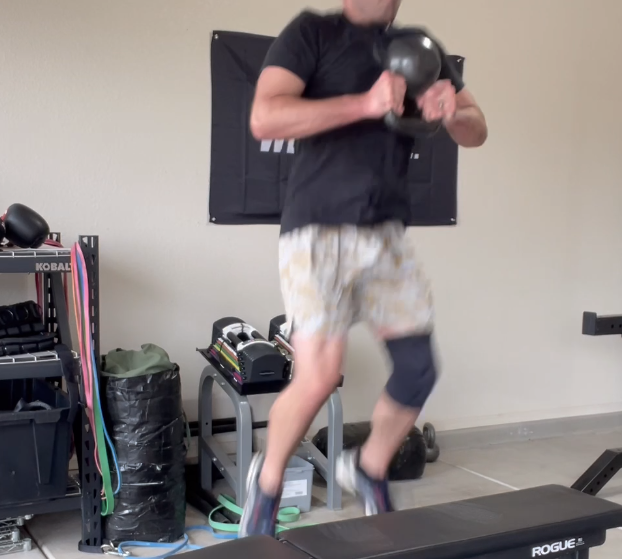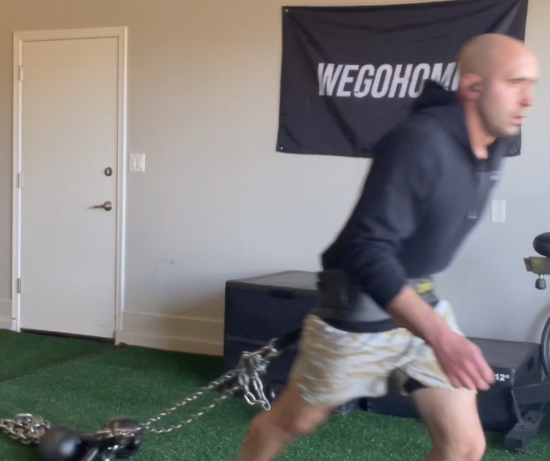Examples of how to train this for beginner and intermediate First Responder and Tactical Populations
Key Takeaway
Rate of force development (RFD) is the training related to the speed at which an individual can display speed/power. Genetics certainly play a role with how explosive an individual is. However, one can improve their ability to generate force quickly through proper training methods.
We are going to discuss different tools and methods to train this quality; both for the beginner, intermediate, and “advanced” level. This ability is crucial for Tactical/First Responders, particularly as they age through their careers as this ability will fade as we get older if you don’t train it.
Beginner/Intermediate
Beginner and intermediate can be misleading when training for RFD. Individuals can be quite strong and experienced but just new to training speed/power. Also, if the trainee is totally untrained any form of resistance training will improve power to some degree through strength gains. Once you’re passed the beginner phase, adding in targeted work will be paramount to continue develop speed/power.
For the examples below, you could also think of them as simple to more complex or even more tailored for certain goals (like improving a specific lift).
Most simple way to train power? Moderately loaded throws, jumps, or even sprint variations (Sled, vs bands, etc) body-weight exercises, etc.
Examples:
Strength/Speed or Speed/Strength - “Beyond Beginner”
Now as we start to get a little stronger, we can use barbell variations to train this capacity. This has been popularized by places like Westside Barbell that have created some of the strongest humans on the planet. These are just different tools, for slightly different purposes, but I have had success with a lot of their protocols when my goals are more strength focused and I know other strength coaches that have had the same results.
Their typical protocols are as follows for a 3 week Speed Strength wave:
Percentages are based off of one’s 1 rep max and they often add 25% of band or chain weight on top of this:
Week 1: 12x2 at 45-50%
Week 2: 10x3 at 55-55%
Week 3: 8x3 at 55-60%
(for the individuals that live or die by Westside- I know they rotate and change this stuff and even have higher volume protocols, so please don’t yell at me for not getting into it)
For example if you are at 400lb Squatter, you would do 12 sets of 2 reps of 200lbs plus band or chain weight with about a minute of rest between sets..usually using a box squat. They do the same with pressing and deadlift variations.
For first responders who aren’t quite at that level yet but are looking to train this capacity, I provide some other options below:
You could still use the same idea that Westside uses above. Just start lighter in week 1, add then add a little bit more weight or resistance in weeks 2 and 3. Just make sure speed is the focus.
Closing
Training your ability to generate force quickly will hopefully make you less likely to get injured running up flights of stairs in gear, foot pursuits, or when you need to quickly subdue someone on the street.
Although adding bands and chains and using classic barbell lift variations is “a way” to do this, and I even use it myself, but the reality is you don’t have to. Particularly if you’re just getting into this type of training and you aren’t totally confident with your barbell lift technique.
Just be sure to jump, throw, push a sled fast, etc- and you can still train this ability…an ability that only fades with age if you fail to train it.
Questions, reach out.



